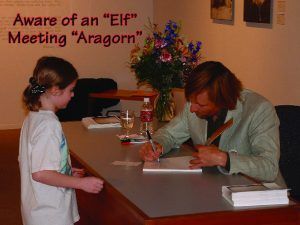More Schedule Benefits (Mysteries of Living 44 of 72)
Consider virtually everyone’s typical reaction to a vending machine that fails to deliver the selected goods. You put in your money, push the button for your selection, and wait. Something is supposed to happen. The machine is supposed to deliver your goods, every time, on a continuous reinforcement schedule.








